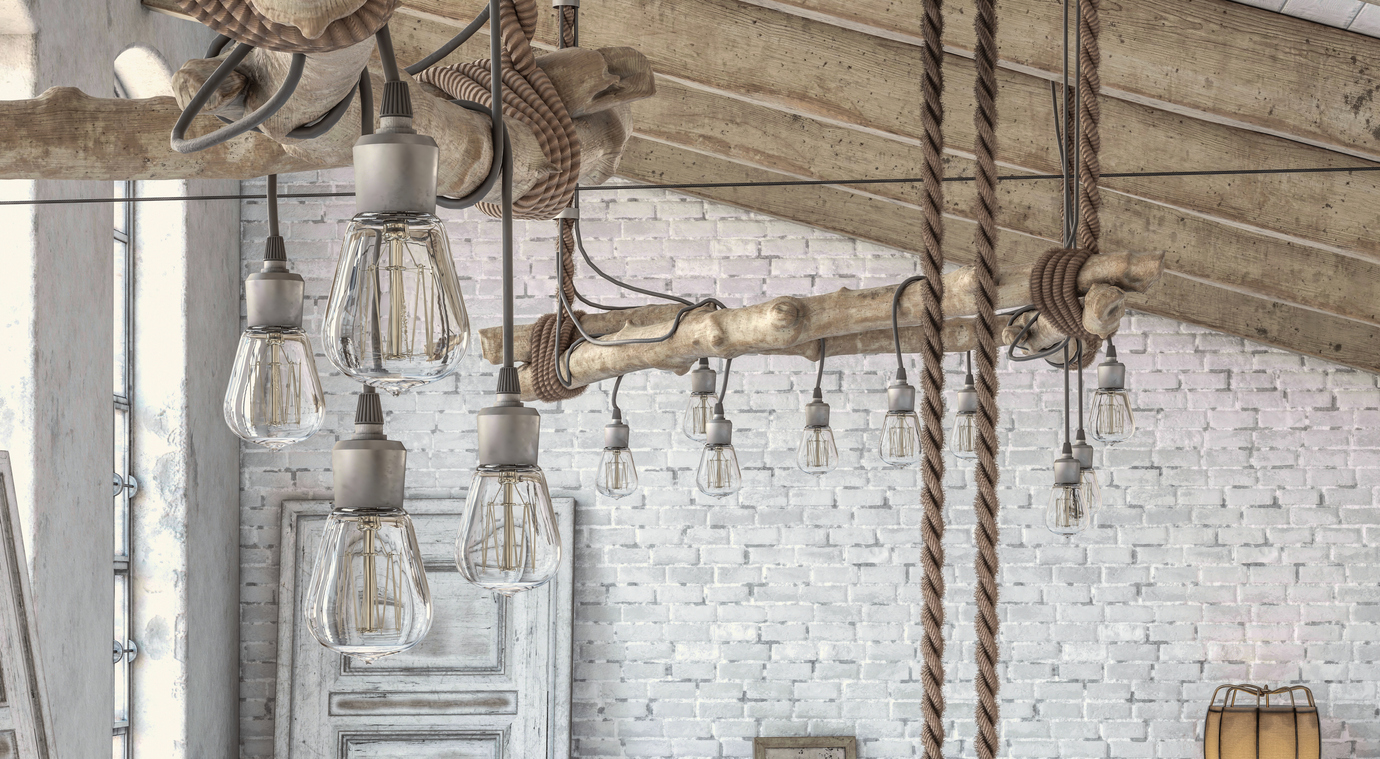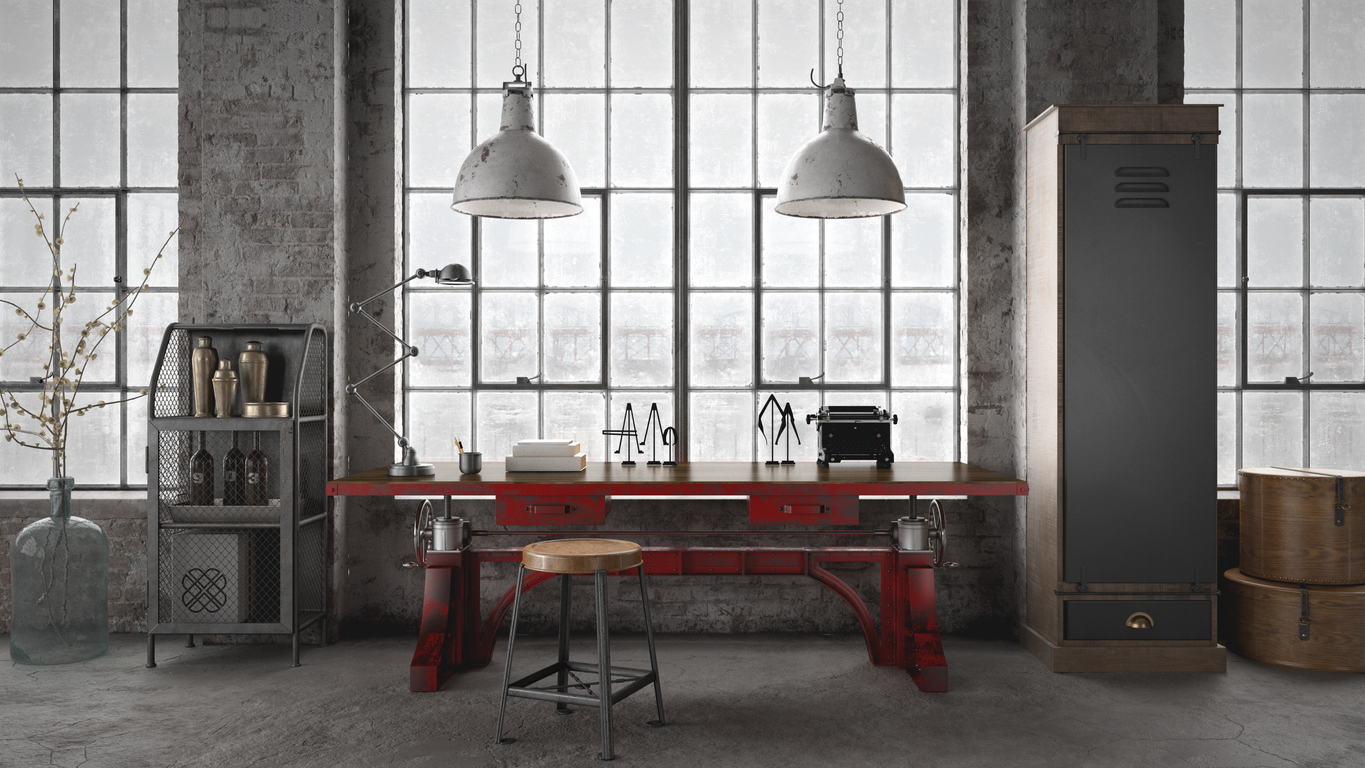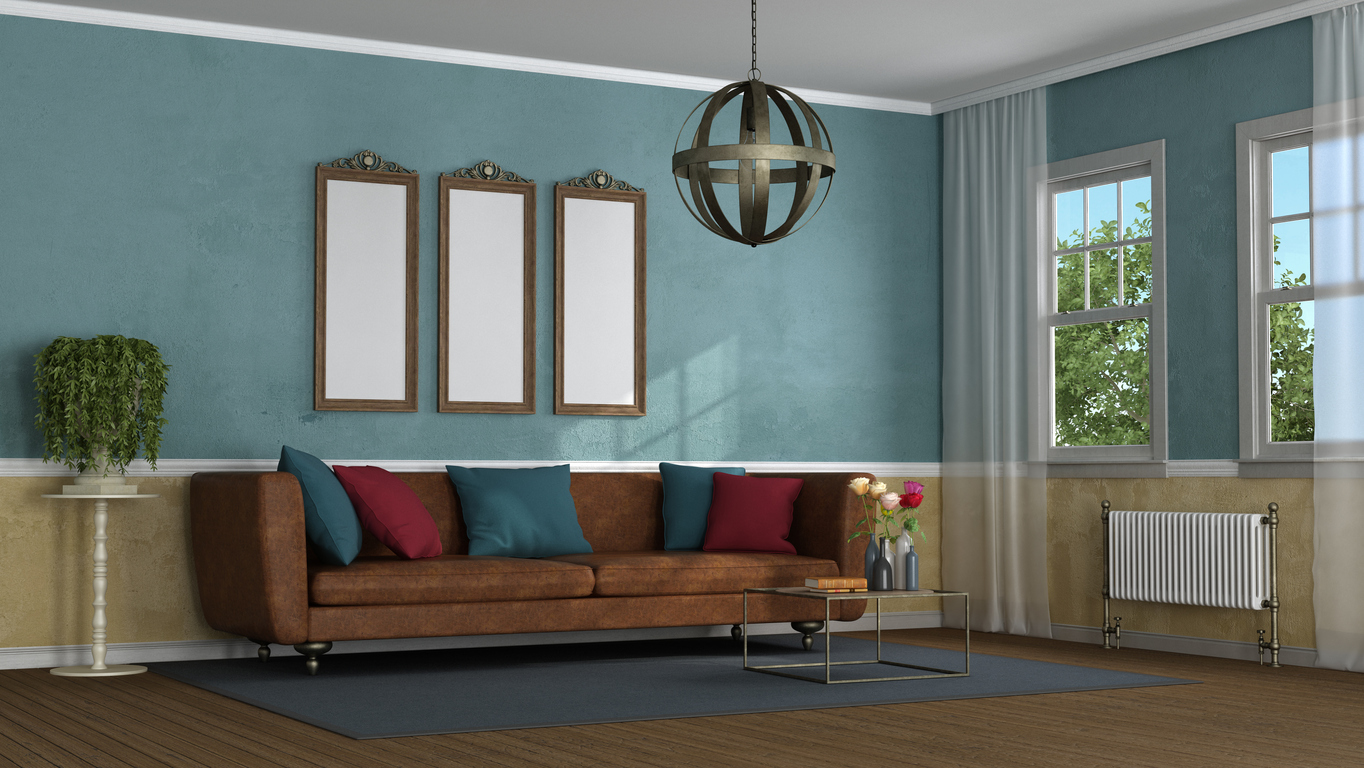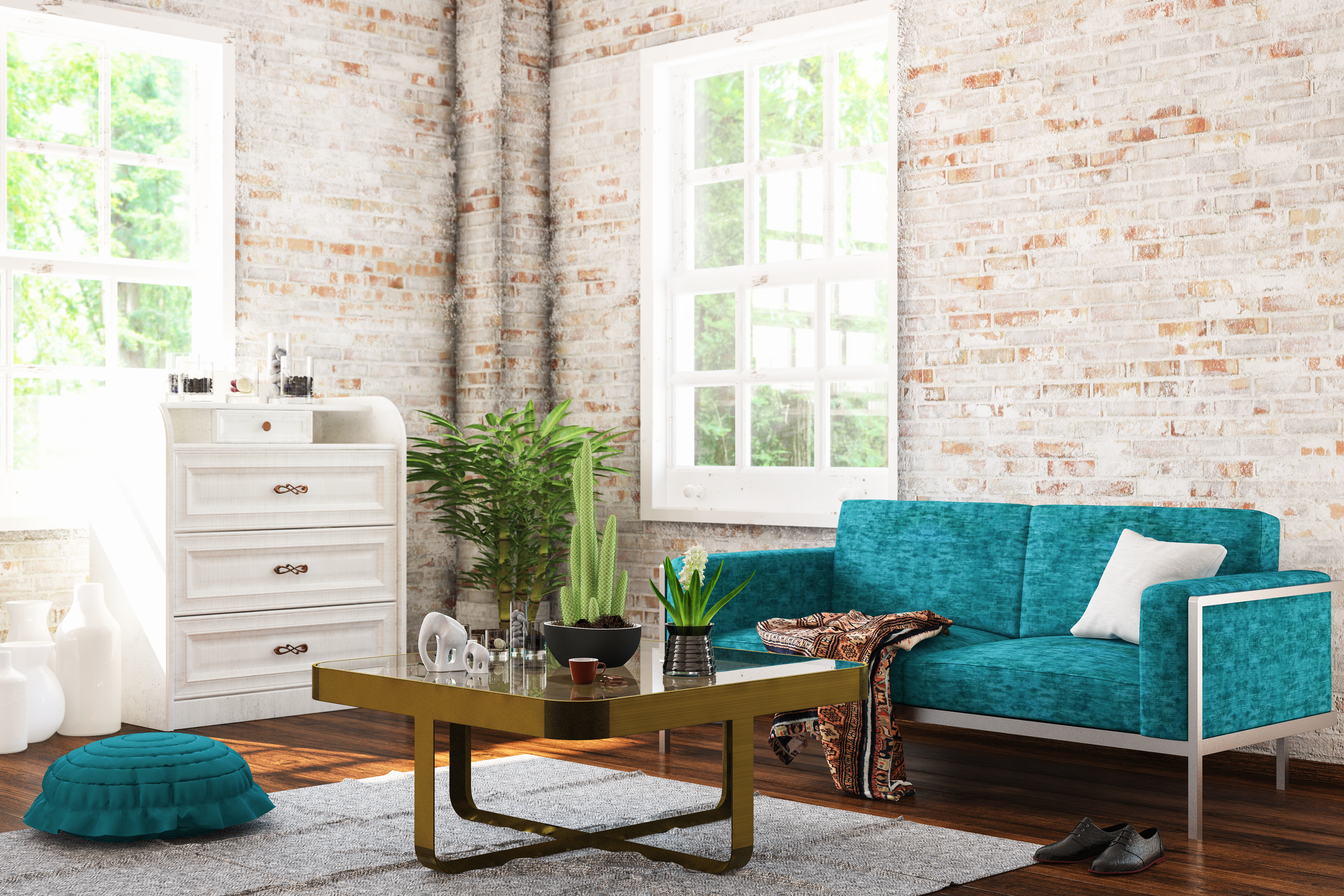Equal parts urban, edgy, and vintage, industrial design makes a statement unlike any other home interior style. Industrial design can be dapper, brimming with turn-of-the-century charm, artistic and inspiring with a suite of trinkets and décor, or wild and rugged with an unfinished spirit.
The fun in creating an industrial-inspired space is allowing yourself to become captivated by all of its elements. To help get you motivated, here’s a rundown of the essentials of industrial design.

Embrace Lived-In Textures
If there’s one thing to remember about industrial design, it’s texture — rustic textures, to be precise. As the Industrial Revolution reached its peak at the dawn of the 20th century, raw materials became readily available, and as a result, these materials were commonly seen and used in factories, buildings, and even homes.
Instead of rejecting the natural aging process of these resources, the metamorphosis of these materials were embraced as an added element to the style’s unique look. As a result, patinas of rust, oxidized metal, and aged wood all became iconic hallmarks found in all industrial spaces.
Stick with Natural Materials
Additionally, industrial design’s unfinished character can be found in an architecture’s “bones.” When factories were first made, they were designed to accommodate as much useable work space as possible. This meant leaving ducts, pipes, and wooden beams exposed to provide even more space overhead and throughout.
The look stuck, and to this day, most experts agree a space isn’t truly industrially inspired without the inclusion of brick, salvaged materials, and exposed pipes (a major reason pipe furniture has exploded in popularity).

Include Enchanting Accents
Industrial design is often associated with whimsy and curiosity, lending itself to mix and match materials in a seemingly endless amount of ways. That’s largely thanks to the style’s use of neutral, earthy materials that look just as good accentuated by the dark tones of gunmetal and black as they are by the aged luster of copper, brass, and brass.
Additionally, industrial design loves to highlight mechanics such as gears, caster wheels, or pulleys on lamps. Simply put, there are no real rules when mixing materials for an industrial-style space other than stick to the classic materials and don’t take it too seriously.

Let Early 20th Century Architecture Inspire You
As mentioned earlier, the blueprint of industrial design has its roots in factory architecture. Think: open, airy, ample, uncluttered, and limited walls. While the luxury of an open floorplan is hit or miss in modern homes, staging can help create the illusion of an open area.
Here are some tips for creating an open space:
- Avoid using a rug. In fact, many design experts argue true industrial design does not include a rug (but the choice is yours).
- Amplify a space’s ambience with the inclusion of a mirror, especially in dark corners and tight areas.
- Make sure to include plenty overhead lighting, and as much lighting as possible.
- Use larger furniture pieces to guide the eyeline away from confined spaces and toward areas that are naturally open.
How to Use Furniture in Industrial Design
When creating an industrial-style living space, furniture should be a balance of the gritty grunge indicative of vintage furniture and a touch of modern flair. In the living room, this can be done by complementing a modern leather sofa (again — raw materials) with reclaimed furniture such as a coffee table, bookcase, or a credenza. Meanwhile, the bedroom can serve as a stunning ensemble complete with a rustic bed frame, dresser, nightstand, and chest accentuated by modern pieces, like an ottoman or bench.

However and wherever you choose to include the industrial influence, it’s important to remember rustic character plays the lead role while modern style is the support.
Unsure where to begin? Explore these common industrial furniture pieces:
- Drafting chairs
- Coffee tables with castor wheels
- Cage pendant lights
- Tolix-style chairs
Meet the Family of Industrial Design
Industrial design has had quite the movement recently, and it seems the popular home aesthetic will remain a favorite for years to come. Along its rise to stardom, several variations have emerged, fusing other classic design styles to create a truly curated look. Here are a few noteworthy industrial design variations:
Atomic Industrial Design

Fan of industrial design’s eccentric vibe but looking for something a little less monochromatic? Try incorporating a dose of modern flair to the look for a warmer presentation. Complementary colors include shades of orange, teal, and green, which pick up on the subtle undertones of the natural materials used in industrial design.
Mid-century Industrial Design

Mid-century modern design is another popular interior style idea, and its clean lines make an interesting contrast to industrial design’s rugged tailoring. Go for a sophisticated look with a subtle color scheme of black, white and gray, or jazz it up with mid-century colors such as olive, mustard, or maroon.
Industrial Chic Design
 Industrial chic marries the rugged appeal of industrial design with a touch of feminine flair. This interior design style isn’t afraid of pink, shag, or even animal print. We’d like to think Rosie the Riveter would be a fan of spaces with this style.
Industrial chic marries the rugged appeal of industrial design with a touch of feminine flair. This interior design style isn’t afraid of pink, shag, or even animal print. We’d like to think Rosie the Riveter would be a fan of spaces with this style.
Explore More Today!
Now that you’re feeling inspired, discover new ways to put your creativity to use! With a large catalog of home furniture, you can create a unique look you’ll love for your home. Shop in-store or online today!
